Aloe Vera Bliss: Your Guide to Growing the Ultimate Houseplant
I absolutely love the sturdy yet delicate aloe vera plant. While it exudes resilience with its succulent leaves, it also demands a certain level of attention and care.
As I guide you through the nuanced art of nurturing aloe vera indoors, you will discover the subtle balance required to ensure its flourishing presence in your home. From understanding its sunlight preferences to mastering the art of watering, each aspect plays a crucial role in maintaining a thriving aloe vera plant.
Are you ready to uncover the secrets behind fostering this green gem within your living space?
Main Points Covered Below
- Provide bright, indirect sunlight for healthy aloe vera growth.
- Use well-draining soil to prevent root rot and water sparingly.
- Rotate plants for even exposure, maintaining temperatures between 60-80°F.
- Choose sandy or cactus mix soil and water deeply but infrequently indoors.
Aloe Vera Plant Care Basics
To ensure the successful growth of indoor aloe vera plants, provide the right balance of sunlight, soil, and water. Aloe plants thrive in bright, indirect sunlight, so place them near a sunny window. Use well-draining soil to prevent root rot.
Water sparingly, letting the soil dry out between waterings to avoid overwatering. Monitor the leaves for signs of overwatering, like wilting or browning. Keep temperatures between 60-80°F (15-27°C) for optimal growth.
Repot your indoor aloe plant every 2-3 years to refresh the soil and give room for growth. During repotting, loosen the root ball and transfer the plant to a slightly larger pot with fresh soil.
Fertilize lightly in the spring with a balanced fertilizer diluted to half strength to support healthy growth. Following these care basics will help your indoor aloe vera plant thrive and grow successfully.
Indoor Aloe Vera Growing Tips
For successful indoor aloe vera growth, ensure consistent bright, indirect sunlight exposure for the plants. Use well-draining soil to prevent root rot and water sparingly, allowing the soil to dry out between waterings. Maintain indoor temperatures between 60-80°F for optimal growth.
Rotate your aloe vera plants periodically to promote even growth and sun exposure. Aloe vera plants are succulents with specific care requirements to thrive indoors. See the table below for key indoor growing tips for aloe vera plants:
| Indoor Aloe Vera Growing Tips |
|---|
| Bright, indirect sunlight |
| Well-draining soil |
| Sparingly water |
Implementing these practices will help you successfully care for and grow your indoor aloe vera plants.
Watering Aloe Vera Plants Indoors
Water aloe vera plants indoors deeply but infrequently, ensuring the soil dries out between waterings to prevent root rot. When caring for indoor aloe vera plants, it’s crucial to follow proper watering practices to maintain their health.
Here’s a practical guide to watering aloe vera plants indoors:
- Use a Well-Draining Potting Mix: Opt for a well-draining potting mix specifically designed for succulents like aloe vera. This type of soil allows excess water to flow out easily, preventing waterlogging.
- Monitor Soil Moisture: Water the plant only when the top 1-2 inches of the soil are dry to the touch. Typically, this means watering every 2-3 weeks, but adjust based on environmental conditions like humidity and temperature.
- Ensure Proper Drainage: Prevent overwatering and root rot by avoiding water-filled saucers under the plant. Proper drainage is essential for the aloe vera plant’s health, so make sure excess water can escape easily.
Sunlight Needs for Indoor Aloe
I must ensure that my indoor aloe vera plant receives a minimum of 6 hours of bright, indirect sunlight each day to thrive.
Placing the aloe plant near a south or west-facing window will provide the ideal light exposure needed for optimal growth.
Regularly rotating the plant will help maintain even growth and prevent it from leaning toward the light source.
Bright Light Requirements
To ensure optimal growth of your indoor aloe vera plant, place it in a location that receives bright, indirect sunlight. Some key points for providing the right light conditions include:
- Sunny Window or Grow Lights: Position your aloe plant near a sunny window or use grow lights for extra sunlight.
- 6-8 Hours Daily: Ensure your aloe vera gets at least 6-8 hours of sunlight daily for healthy growth.
- Rotate Plant: Regularly rotate your aloe plant to ensure even light exposure and prevent uneven growth.
Ideal Light Exposure
Positioning your indoor aloe vera plant in an area that receives bright, indirect sunlight is crucial for its optimal growth and health. Placing the plant in a sunny window or a bright spot ensures it gets the necessary light for healthy development.
Rotate the plant periodically to ensure all sides receive adequate light evenly. Avoid dark or shaded areas indoors as they can lead to leggy growth.
Providing the right amount of indirect sunlight will promote optimal growth and overall well-being of your indoor aloe plant.
Sunlight Duration for Aloe
For optimal growth and health indoors, aloe vera plants require a consistent daily exposure to 6-8 hours of bright, indirect sunlight. It’s crucial to ensure that your aloe plants receive adequate light to thrive.
Here are some practical tips for managing sunlight duration for your indoor aloe:
- Place Strategically: Position your aloe vera near a south or west-facing window to maximize sunlight exposure.
- Rotate Pots: Regularly rotate the pots to prevent the plant from leaning towards the light source and promote even growth.
- Consider Supplemental Lighting: If natural sunlight is insufficient, consider using supplemental grow lights to provide your aloe with the necessary light for healthy development.
Indoor Aloe Vera Soil Requirements
When growing aloe vera indoors, the soil composition is crucial for the plant’s health. Aloe vera does well in well-draining soil to prevent waterlogging, making a sandy or cactus mix ideal. Avoid potting mixes with added fertilizer to prevent overfeeding.
Commercial cactus or succulent mixes work well for aloe vera due to their fast-draining nature. An effective indoor soil blend is equal parts sand and potting soil. Good drainage is essential to prevent root waterlogging.
With a well-draining sandy or cactus mix or a mix of sand and potting soil, indoor aloe vera plants can thrive.
Maintaining Indoor Aloe Temperature
To ensure optimal growth and health of indoor aloe vera plants, maintaining temperatures between 60-80°F (15-27°C) is crucial. Consistent indoor temperatures help aloe vera thrive while protecting them from cold drafts and sudden temperature changes indoors is essential to prevent damage.
Mimicking day-night temperature fluctuations can also promote healthy and vibrant indoor growth for your aloe vera. Here are some key points to consider:
- Avoid Extreme Temperatures: Keep indoor temperatures within the ideal range of 60-80°F (15-27°C) to support aloe vera’s growth and prevent any cold-related damage.
- Monitor for Drafts: Shield your aloe vera from cold drafts that may cause temperature fluctuations, as they can stress the plant and hinder its development.
- Consistency is Key: Aim for stable indoor temperatures to create a conducive environment for your aloe vera to thrive and flourish indoors.
Pruning and Harvesting Aloe Vera
When caring for aloe vera plants, it’s crucial to understand proper pruning techniques to maintain their health and appearance. Trimming brown and brittle leaf tips can help the plant thrive while avoiding cutting the central leaves supports overall growth.
Harvesting aloe leaves should be done strategically, trimming older growth before cutting into the fleshier parts of the plant.
Proper Pruning Techniques
Properly maintaining the health and appearance of your aloe vera plant involves strategic pruning techniques. Follow these steps for effective pruning:
- Remove Dead or Damaged Leaves: Trim off any dead or damaged leaves to promote new growth and prevent disease spread.
- Avoid Over-Pruning: Be cautious not to over-prune the center leaves to maintain effective photosynthesis.
- Regular Trimming: Trim brown and brittle leaf tips regularly to keep your aloe vera plant healthy and visually appealing.
These techniques will help your plant thrive and produce healthy leaves for gel extraction.
Harvesting Aloe Leaves
For optimal aloe leaf harvesting, choose mature leaves that are 6-8 inches tall with at least 10 leaves for maximum gel yield. Cut mature leaves at the base using a sharp knife. Remember, harvested leaves won’t regrow, so harvest strategically.
To extract the gel, slice the leaf lengthwise and scoop out the clear, jelly-like substance. Apply the harvested aloe gel directly to burns, cuts, or skin irritations for its soothing and healing properties.

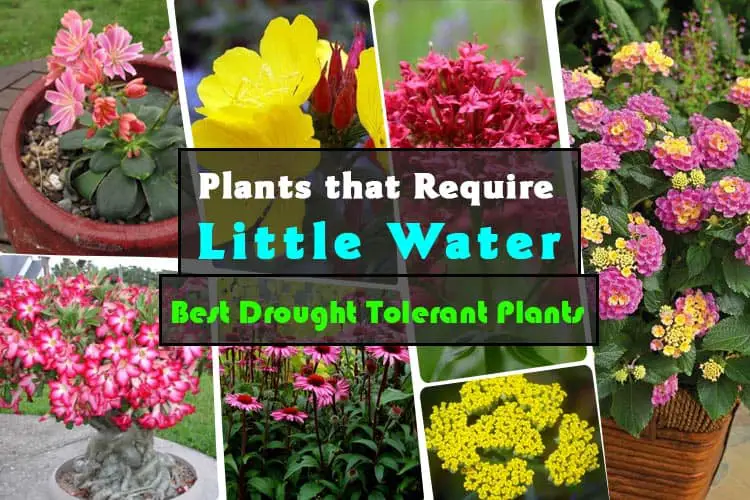
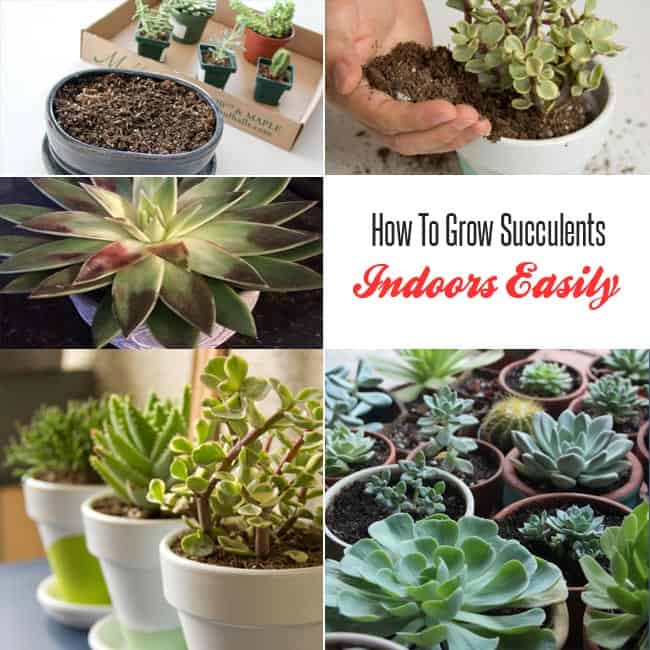
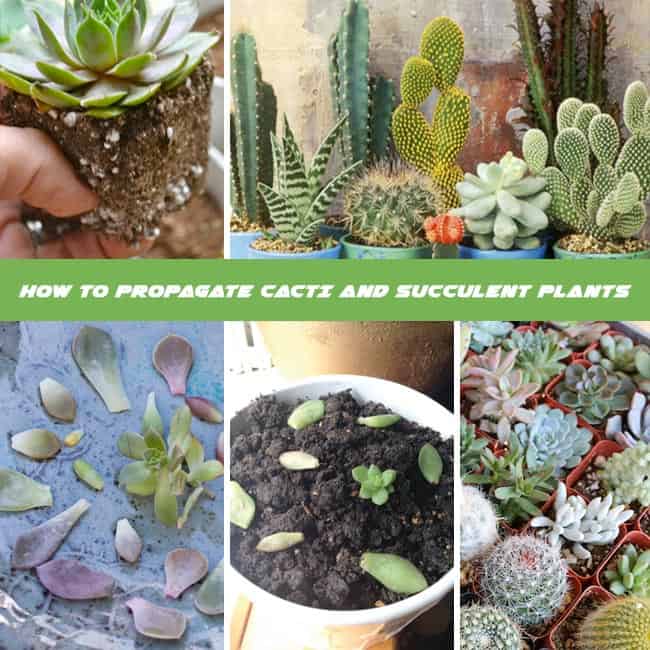
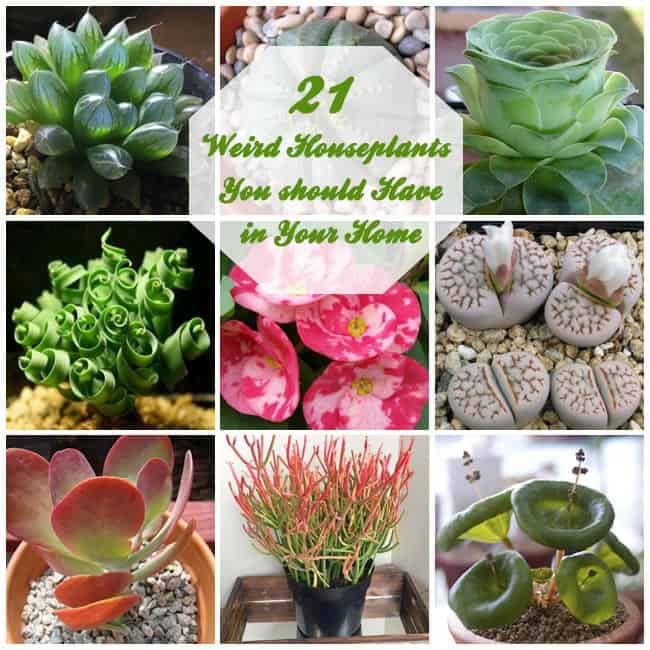
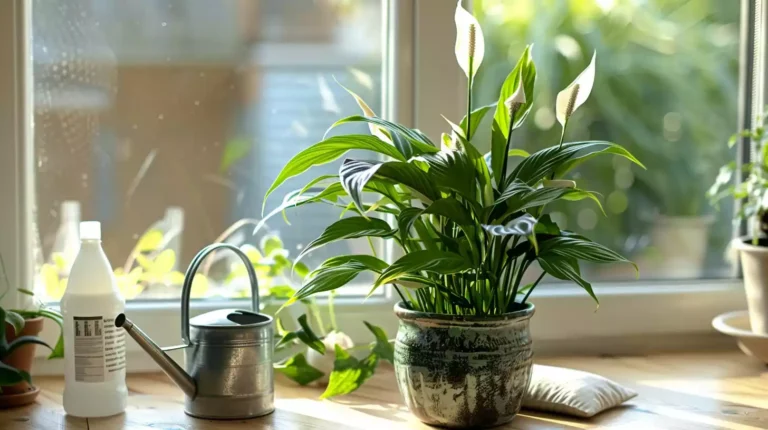
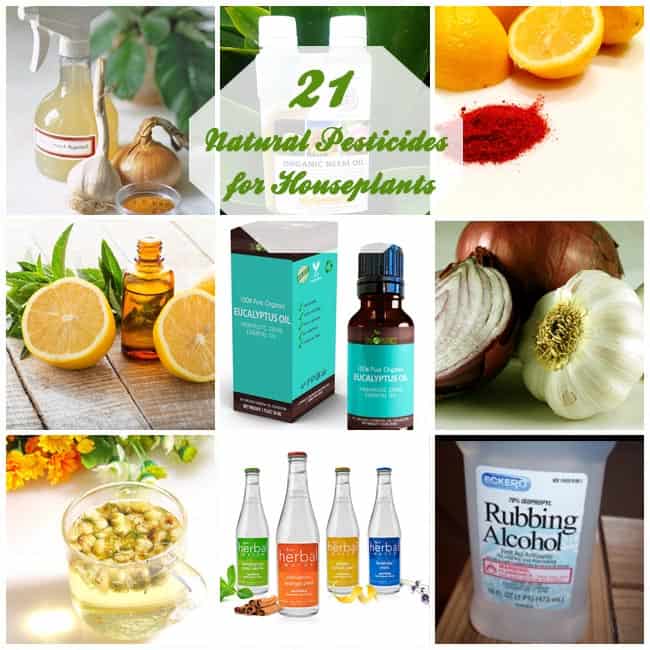
Hey Carol, great piece on Aloe care! Quick q: For the indoor aloe vera soil requirements, do you suggest any specific brand of potting mix, or would any general succulent mix do the trick?
loved this article! i just got my first aloe plant n this helped a lot 🙂
Regarding the section on watering aloe vera plants indoors, I’ve found that letting the soil dry out completely before watering deeply works best for my aloe. It’s crucial not to overwater, as root rot can be a real issue. That has been my approach, and my plants are thriving. thanks Carol for highlighting the importance of watering practices.
Absolutely right, TJ. Overwatering is the enemy of healthy aloe plants. Learned that the hard way!
The focus on bright light requirements for indoor aloe is key, but there’s also a potential risk of sunburn if the light is too intense, especially behind glass windows. Would you agree, Carol?
My aloe vera is sunbathing more than I do! Didn’t know they loved the spotlight that much.
aloe vera = skin miracle. love this!
I’ve noticed that temperature fluctuations in my home affect my aloe plants more than I expected. The information on maintaining indoor aloe temperature was quite enlightening. I’m curious about something not covered here: how do aloe plants react to artificial light sources, like LED grow lights? Has anyone experimented with this?
HenryN, from my experience, aloe vera plants can thrive under LED grow lights, especially during the winter months. Just ensure the light isn’t too harsh to avoid leaf scorch.
Can any LED light work or are specific ones better?